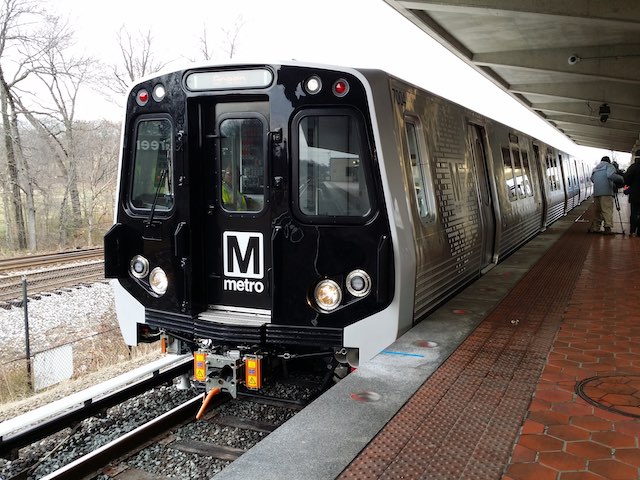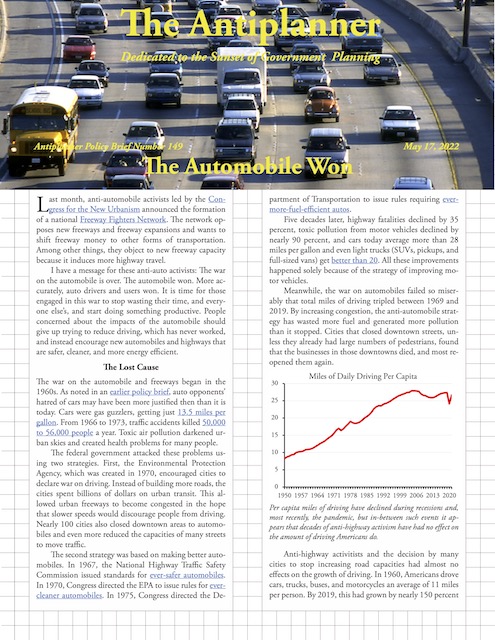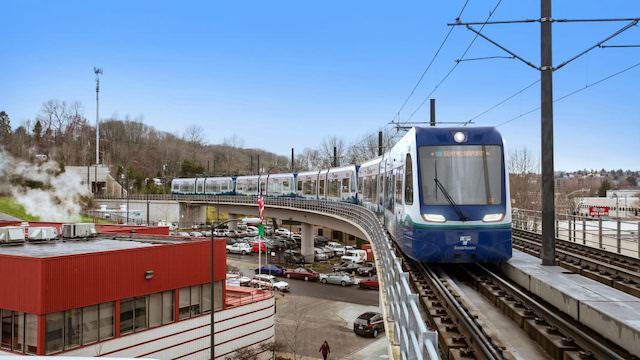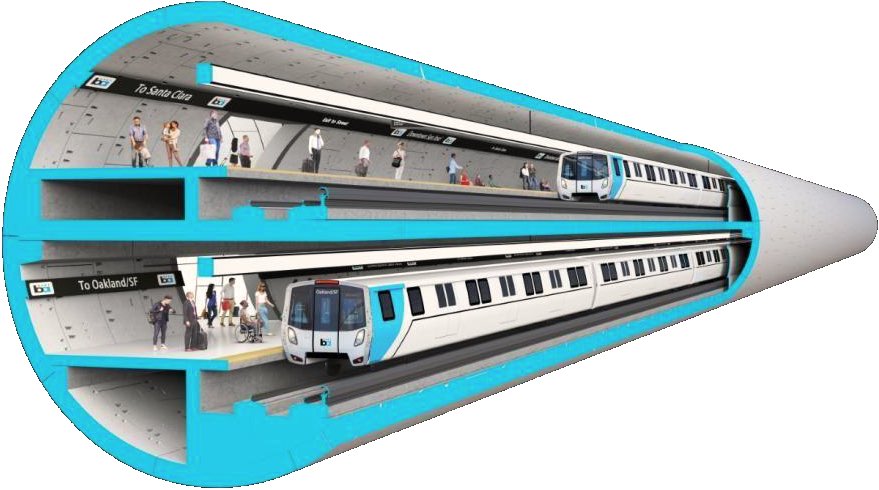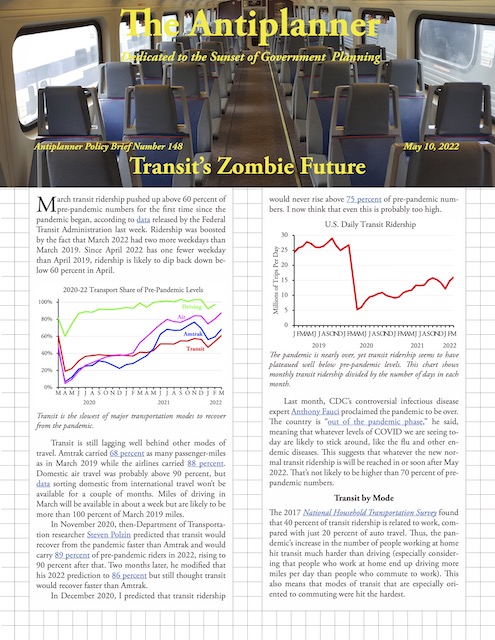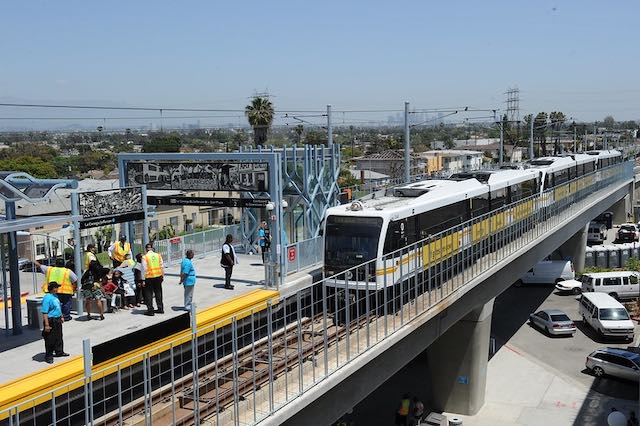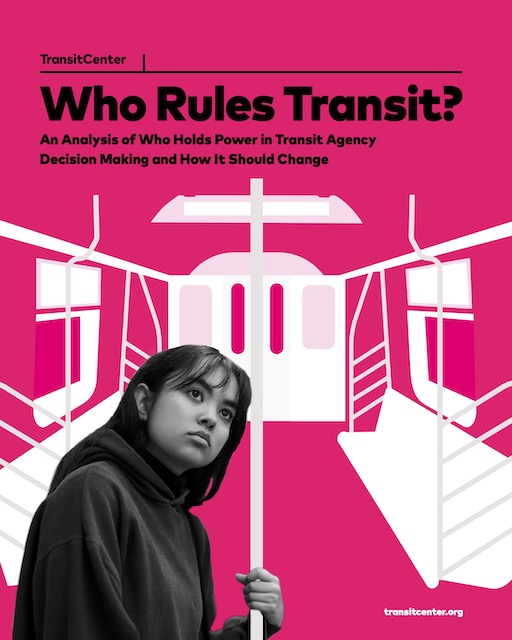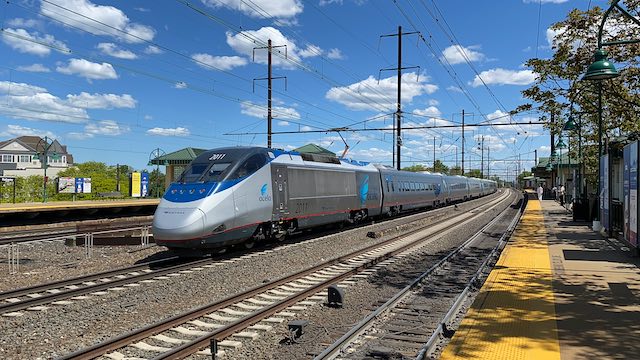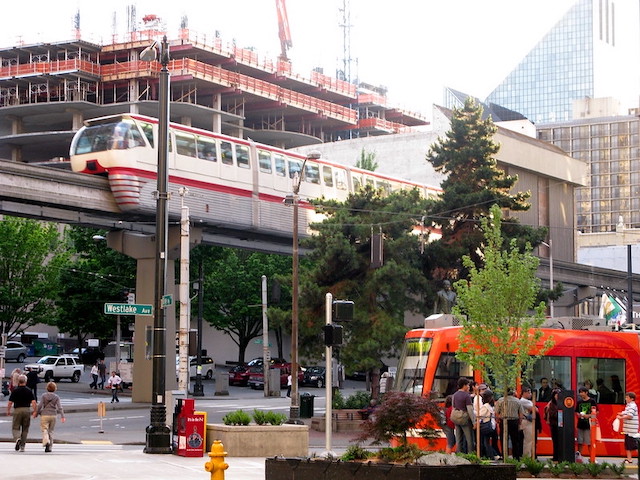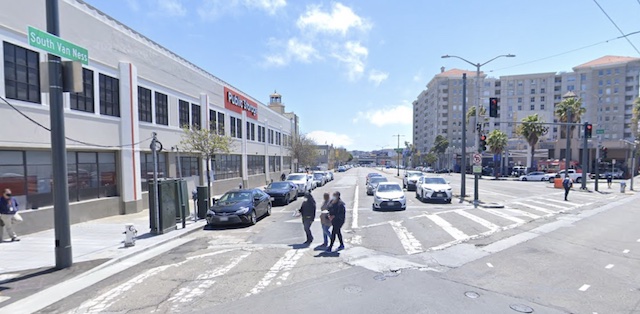The Washington Metropolitan Area Transit Authority’s (Metro) next general manager and CEO, Randy Clarke, brings an interesting resume to the job. The troubled agency is suffering from serious safety issues, including frequent derailments and the failure of hundreds of train operators to renew their certification, not to mention transit ridership lagging behind the rest of the industry and serious financial woes. The problems are so bad that the agency’s current CEO, Paul Wiedefeld, just resigned early.
Washington Metro’s 7000-series of rail cars, which makes up 60 percent of its fleet, have all been taken out of service due to frequent derailments, a problem that won’t be fixed for at least several more months. Photo by Ben Schumin.
At first glance, Clarke is the perfect person to replace Wiedefeld. From 2010 to 2016, he worked on safety and operations at Massachusetts Bay Transportation Authority. The American Public Transportation Association apparently thought he did such a good job that it hired him as its vice president in charge of safety, operations, and technical services, a post he held for two years. Then he became CEO of Capital Metro, Austin’s transit agency. Continue reading

